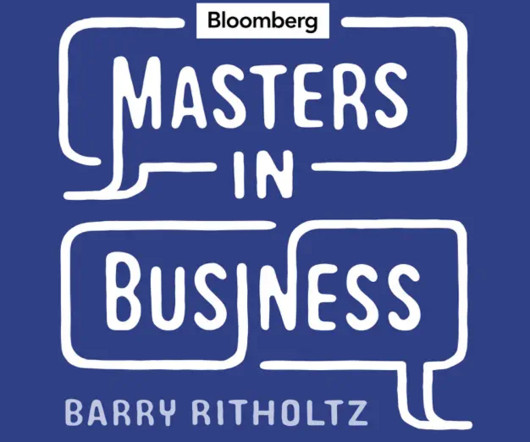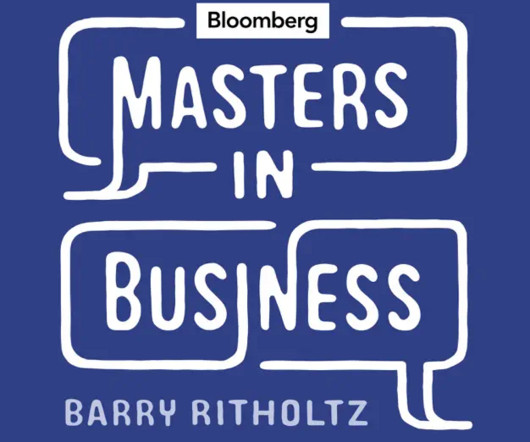Deep Dive: Instant Payments Confront Long Path To Ubiquity
PYMNTS
JANUARY 23, 2020
Business-to-consumer (B2C) industries are just beginning to see use cases for these payments and do not appear to be innovating fast enough, as 93 percent of customers recently surveyed by PYMNTS said that payment speed does not quite meet their standards. The staying power of checks and cash. percent wanted to receive those such payouts.















Let's personalize your content